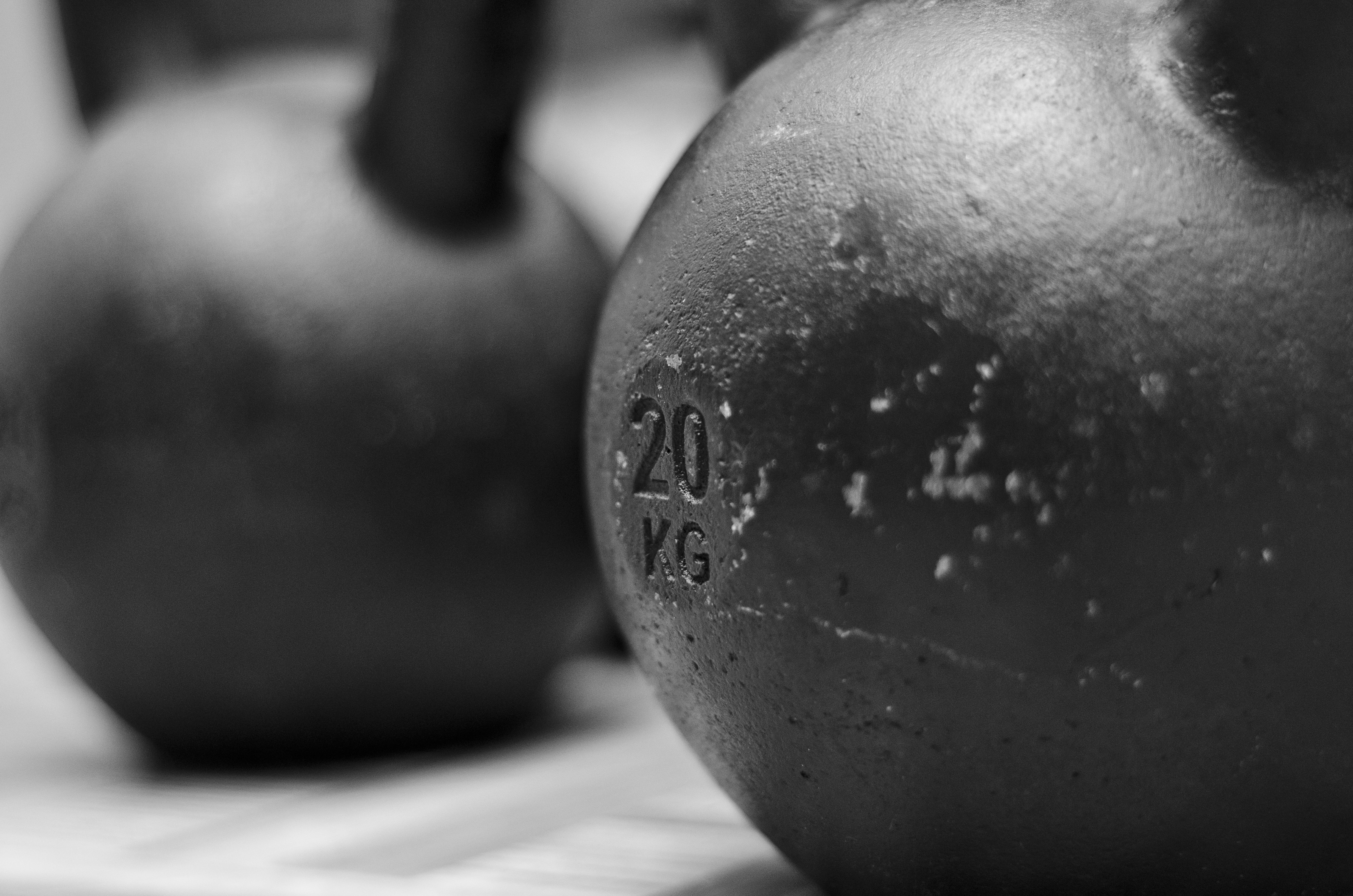This is the third installment of a series of posts about metabolic conditioning (see the other posts at http://wp.me/p1XfMm-cV and http://wp.me/p1XfMm-cW). The other posts introduced the concept, discussed the fact that it is a rather general quality in periodization lingo, and discussed the challenges with making it sport-specific. This post is going to take a critical look at some of the tools that are commonly used in metabolic conditioning programs.
This post is going to look at the following:
• Aerobic exercise
• Sprinting
• Kettlebells
• Bodyweight exercises
• Suspension trainers
• Heavy ropes
• Sandbags and other fun tools
Aerobic Exercise:
It’s not unusual to see sport coaches devoting time to aerobic exercise. There are a few reasons for this. First, it may be viewed as an essential part of the sport. For example, if a soccer player is going to cover seven kilometers during a match then they should be able to run that far in training to prepare for it. Second, it may be used as a team-building/selection tool. Who wants it badly enough to finish the run, shared misery, that sort of thing. Finally, we do use the aerobic energy system to recover from anaerobic work.
Now, there are some challenges here. First, unless you are a track athlete competing in an endurance event (say 800 meters or above), sports involves a lot of starting, stopping, and moving at different speeds. This makes it challenging to match up aerobic exercise to the needs of the sport. Second, aerobic exercise tends to be done at a lower intensity which can have the effect of training athletes to be slow. Third, this is going to increase the wear and tear on the athletes bones and joints, especially running. Finally, it’s unclear if enhanced aerobic fitness leads to enhanced recovery from anaerobic work.
Sprinting:
Sprinting has the benefit of being more sport-specific than aerobic exercise. It allows for the programming of the distances and work/rest intervals that are seen in competition. It is also really easy to do in a team setting and does not require much equipment. The challenge is that there is a fine balance that has to be struck with sprinting. Sprinting is an extremely specific motor skill and the development of speed requires a combination of technique and intensity (i.e. running at maximal velocity). Too much fatigue causes technique to break down and reduces velocity, in other words there is the potential to teach athletes to run slowly with sloppy form, which is counter-productive to sporting success. As a general guideline, if the athletes’ form or speed is noticeably slowing down (this means a roughly 10% reduction in velocity) then the sprinting conditioning session needs to be terminated.
Kettlebells:
Some kettlebell exercises lend themselves to conditioning workouts and to performing exercises for periods of time. Swings, cleans, snatches, squats, presses, and rows lend themselves to being performed for periods of time. The weights can be changed to change the intensity level or to allow for longer periods of exercise or shorter periods.
Several challenges with kettlebells and conditioning. They are expensive and they require a lot of equipment. Consider that performing a swing for 20 seconds versus 60 seconds might be the difference between using a 60 pound kettlebell and a 40 pound kettlebell. So this requires a wide variety of kettlebell sizes or an effective conditioning workout. If the kettlebells are being used in a team setting, this dramatically increases the amount of equipment required.
Kettlebells also require instruction, technique, and space to be used safely and effectively. This is very easy in a one-on-one setting but is going to be a real challenge in a team environment. In the real world of team strength and conditioning, to minimize the equipment requirements athletes will be rotating between different stations. For example, station A is a power clean, station B is a back squat, and station C is a kettlebell swing. This is a great use of space and athlete time, but it’s going to split a staff’s supervision.
Bodyweight exercises:
Bodyweight exercises can be found to train every muscle in the body. They can be done for periods of time, so work/rest intervals can be tailored to the sport. They don’t require any equipment and can be done almost anywhere. While all exercise requires supervision, most bodyweight exercises don’t require the amount of learning that the other exercises in this post require. On the other hand, achieving overload is going to be a challenge with these exercises. For example, if you can perform fifty push-ups, then doing push-ups for a 20 second work interval might not be terribly challenging. I like these types of exercises as something to do while recovering from an intense work interval with a different mode of exercise.
Suspension trainers:
Another way to train most of the muscles in the body. In addition, with their balance and stabilization requirements they train even more muscles. These exercises lend themselves to being performed for specific work intervals, especially for really fit athletes.
Now, on the other hand there are some drawbacks. First, they require space. Second, in a team setting there have to be enough to go around. Third, they are expensive. Fourth, like the kettlebells, supervision can be a challenge and there is a learning curve. Finally, overload is a challenge with these without becoming someone that is training for the circus.

Heavy ropes:
Heavy ropes are a great way to get out one’s frustrations. Picture this, grab an oversized rope in each hand and then beat the ground with them! Most of these exercises lend themselves to being performed for specific work intervals. The exercises work most of the muscles of the body. The only equipment required is the rope and something to anchor it.
There are some challenges with heavy ropes. First, the rope only gets so heavy which eventually means that overload can become difficult. Second, heavy ropes are expensive unless (like the author) you want to duct tape several home improvement ropes together. Third, in a team setting you need quite a few of these ropes for an effective session. Finally, you need a lot of space for them.

Other fun tools:
Sand bags, medicine balls, tires, sleds, the list goes on of other fun tools that can be used in a conditioning workout. Each of them has exercises that can be performed for specific work intervals. Some (like medicine balls) offer great flexibility in terms of the exercises that can be used. Some (like sandbags) train multiple planes of motion and real-life instability (the sand moves around, makes the exercise a lot more challenging than a fixed barbell). Some are just exhausting (weighted sleds). All of them have drawbacks that must be considered. For example, sand bags can rip. Sleds can teach bad sprinting mechanics. 400 pound tires are expensive. Everything requires a great deal of space.
This post is meant to be the 20,000 foot view of the more common tools that are used in metabolic conditioning sessions and hopefully gives you a balanced look at them. The next post in this series is going to make some suggestions about how to put everything together.




